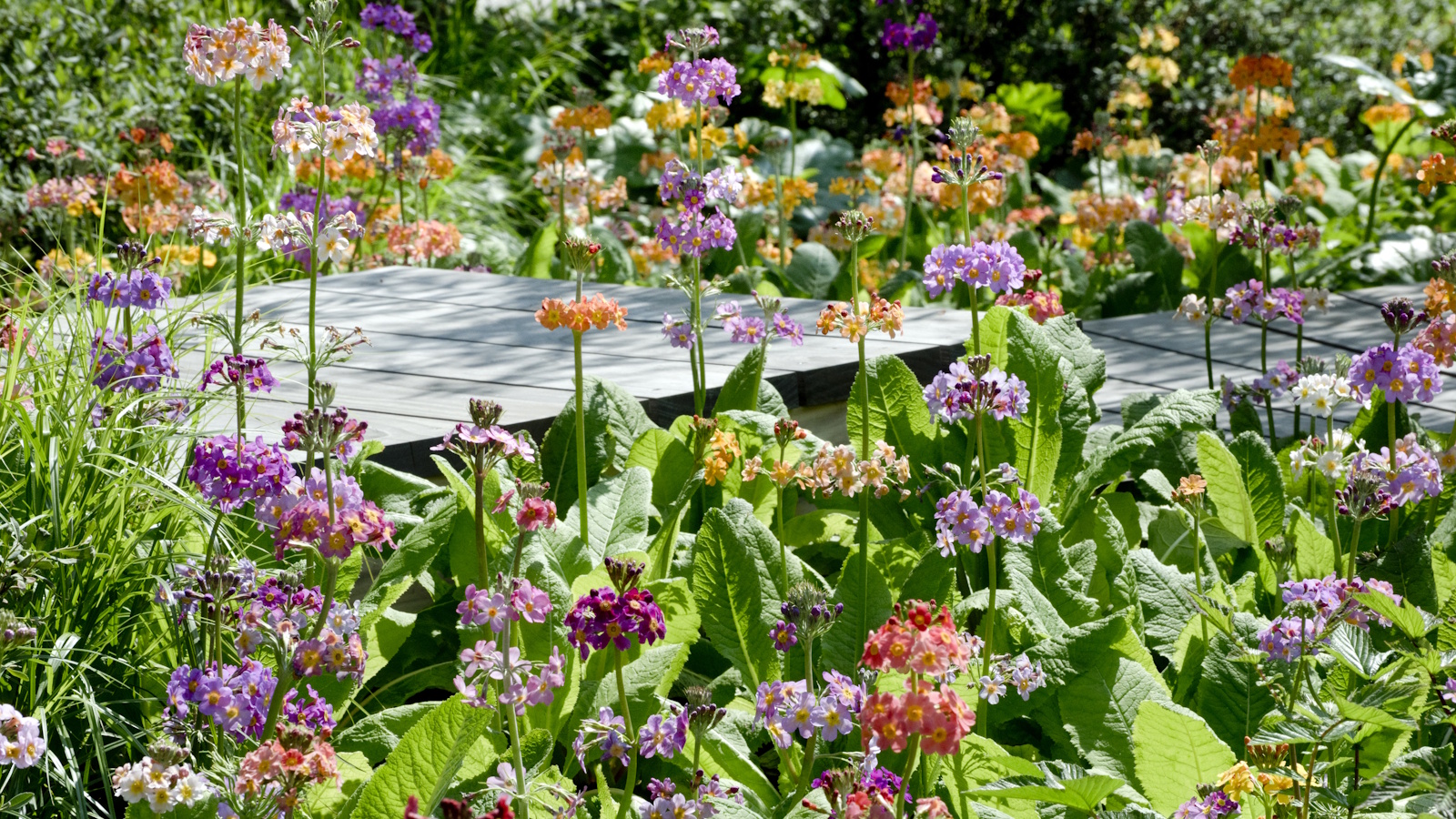
As gardeners, we are spoilt for choice when it comes to ground cover plants. From hardy evergreens to fragrant herbs, there is sure to be a species suited to your region, climate and taste. If, however, you are keen on color in your yard, choosing flowering ground cover plants is a good idea, filling borders with vibrant pops of pink or purple, white or yellow.
As a former professional gardener, I have planted and cared for more ground cover plants than I can count - from creeping thyme with pink blooms in gravel gardens to colorful comfrey varieties in shady spots that pollinators adore. Growing flowering ground cover plants, I think, is a surefire way to maximize interest and impact in your yard.
Here are five flowering ground cover plants that are some of my favorites that I can recommend as both low-maintenance and high-impact, ideal for any level of gardener.
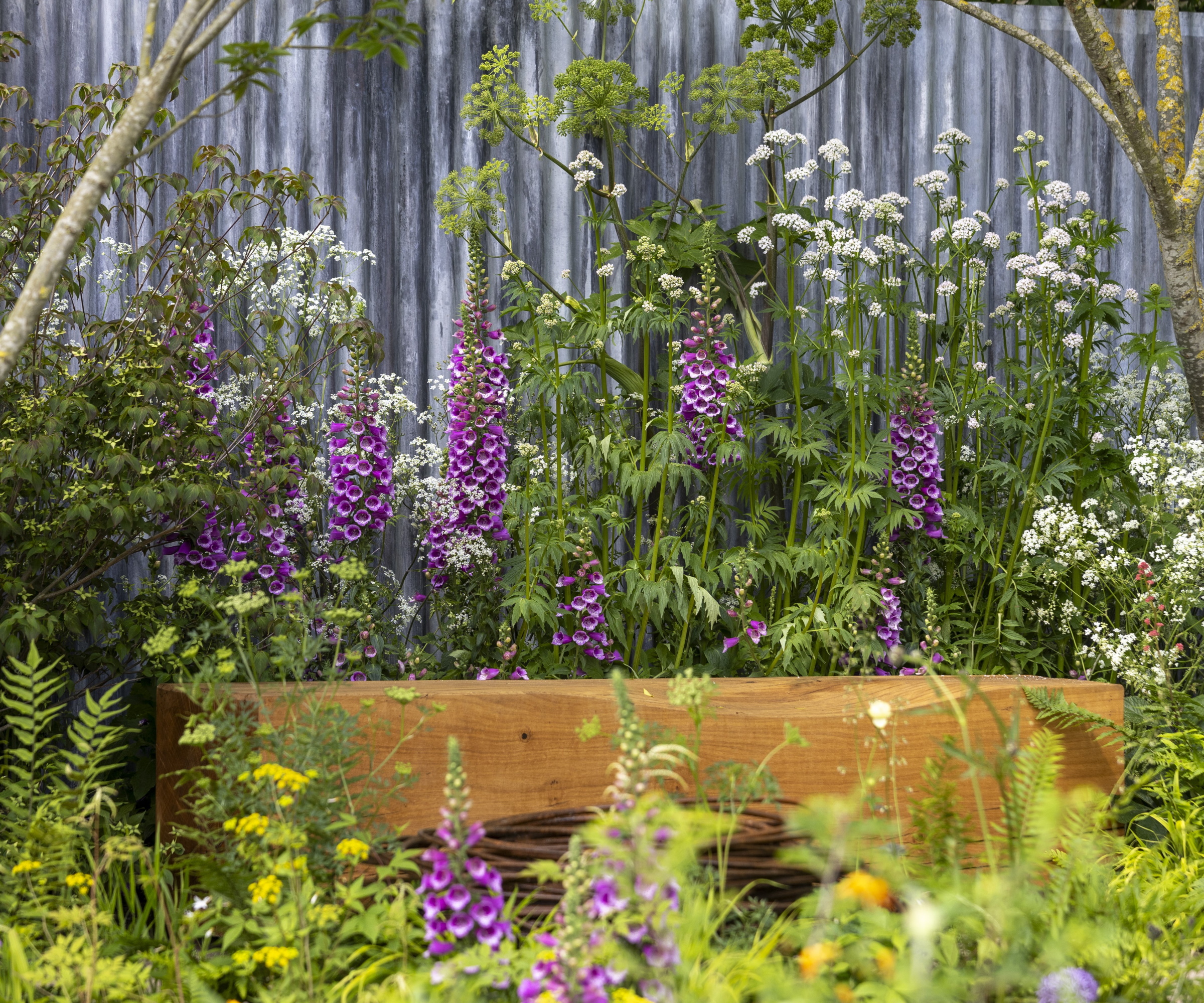
5 best flowering ground cover plants
Before planting any flowering ground cover plants, it is important to understand the growing habits of different species. Many can be vigorous and, given time and space, will quickly dominate garden borders.
For this reason, always check what species are considered aggressive or invasive ground cover plants in your region and should be avoided. For example, whilst popular, the purple-flowering lesser periwinkle, Vinca minor, is considered invasive throughout much of the eastern United States and, without regular maintenance, can quickly get out of control.
1. Mexican fleabane
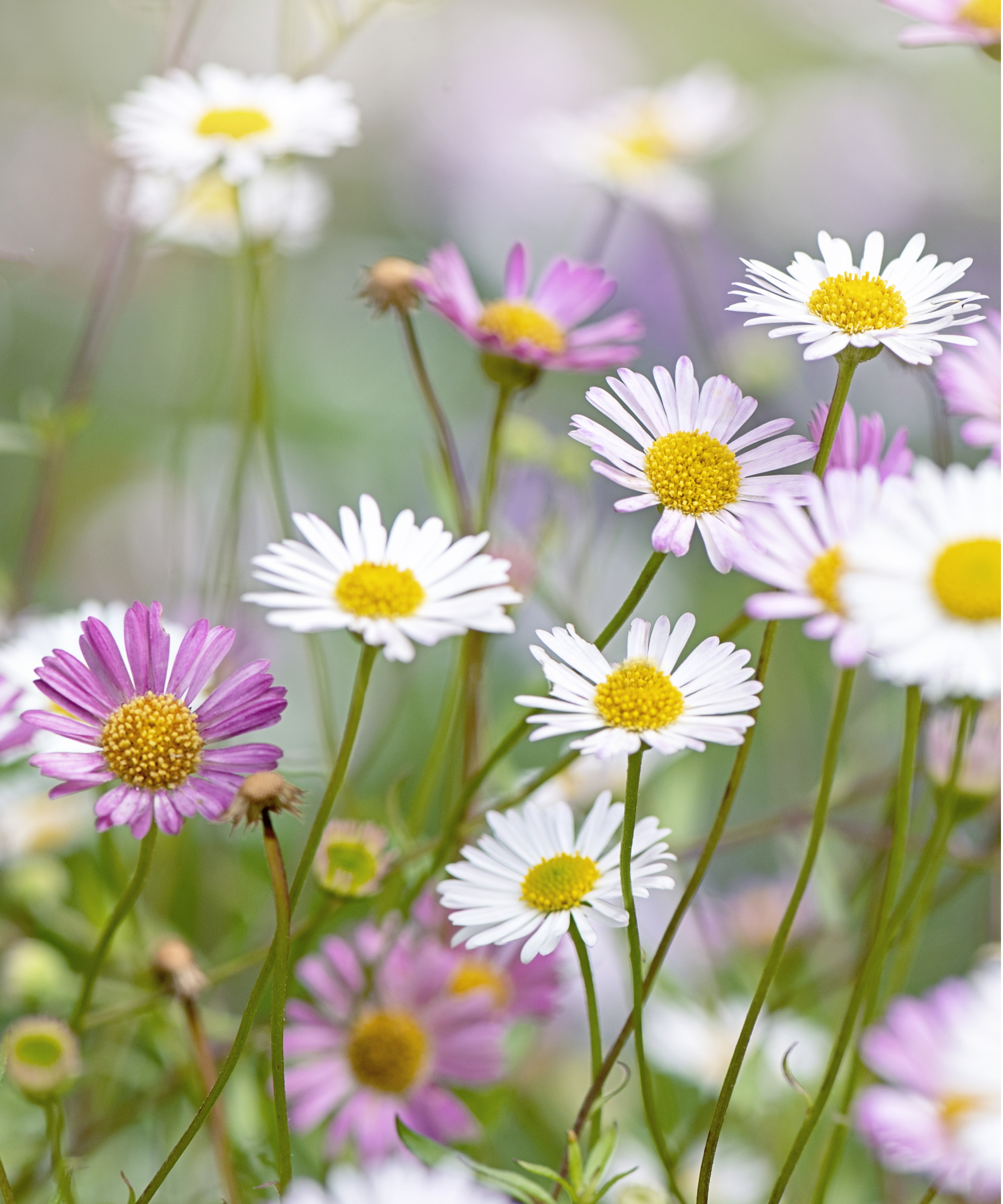
One of the easiest ground cover plants to grow is Mexican fleabane, or Erigeron karvinskianus, a low-growing perennial that produces a carpet of daisy flowers from spring through to fall.
This cottage garden plant is best suited to US hardiness zone 6 to zone 9, although it could be grown as an annual in cooler regions.
In terms of flowering ground cover plants, it would be hard to beat this option in terms of return on investment, requiring very little maintenance to thrive. It can tolerate both sun or partial shade and can cope with most soil types.
To note, this species is a prolific self-seeder, often growing through cracks and spreading to other areas of the yard. Whilst I have never experienced it getting out of control in any gardens where I have worked, in some western US states, it is thought of as an invasive plant, which should be a consideration before you decide to grow it.
Mexican fleabane seeds are available to order from Amazon.
2. Common bistort
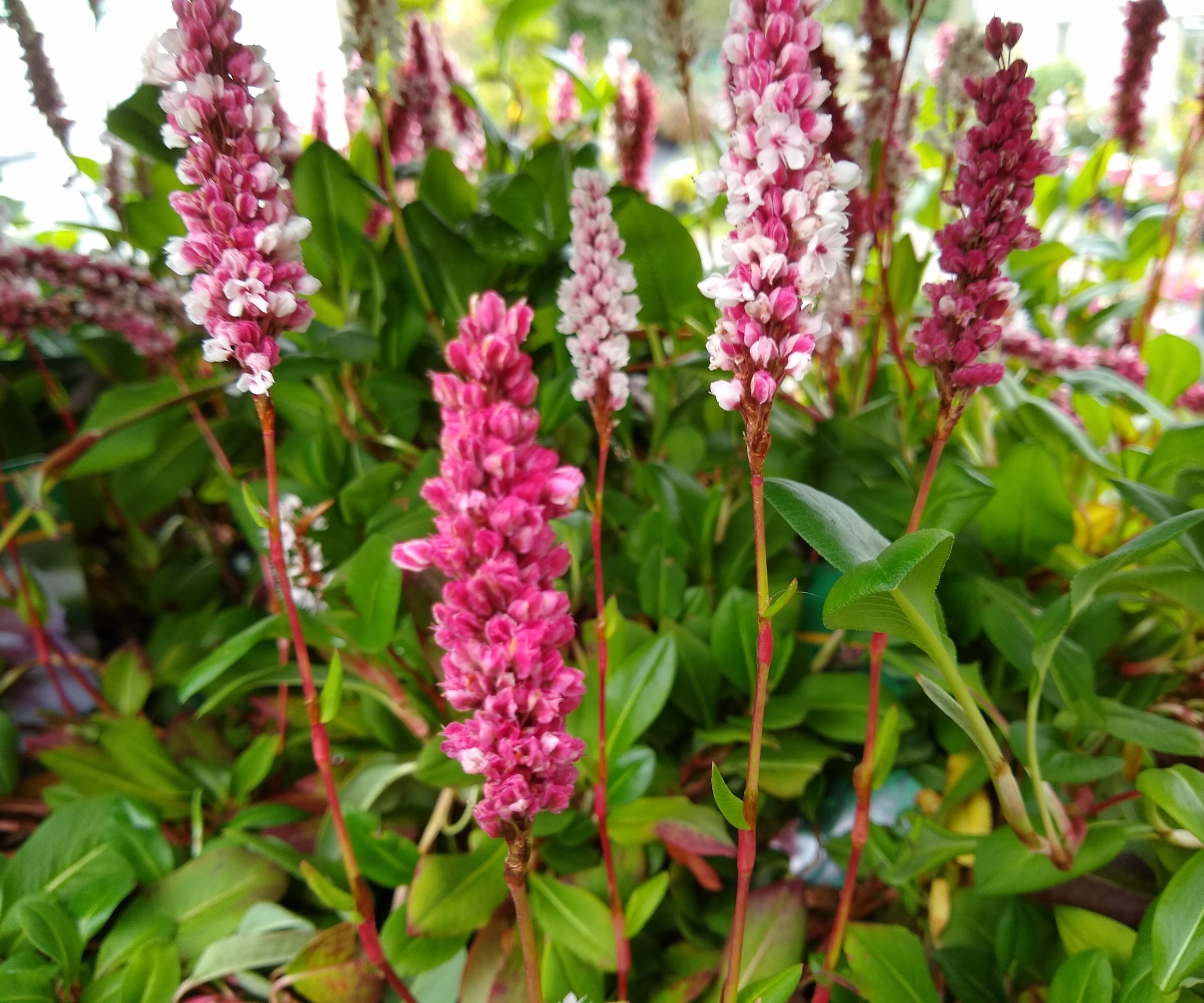
Common bistort, otherwise known as Persicaria bistorta or Bistorta officinalis, is a popular flowering perennial that produces bottle-brush-like flowers that bloom for much of the summer.
Indeed, with regular deadheading, I have found that common bistort can be encouraged to flower from May right through until October or even November during a mild year.
Native to Europe, it is remarkably hardy and can be grown down to zone 3, preferring dappled shade and moist soil.
Common bistort is one of the best ground cover plants to prevent soil erosion, a consequence of its rhizomatous roots, which bind the soil. It is this characteristic, however, that can result in the plant spreading.
So, for the best results, give common bistort plenty of space, and divide clumps every two or three years to manage their spread. This can be done by lifting the plants and simply using a spade to reduce the size. Alternatively, use a pruning saw, available from Amazon, to slice through congested rhizomes.
3. Creeping rosemary
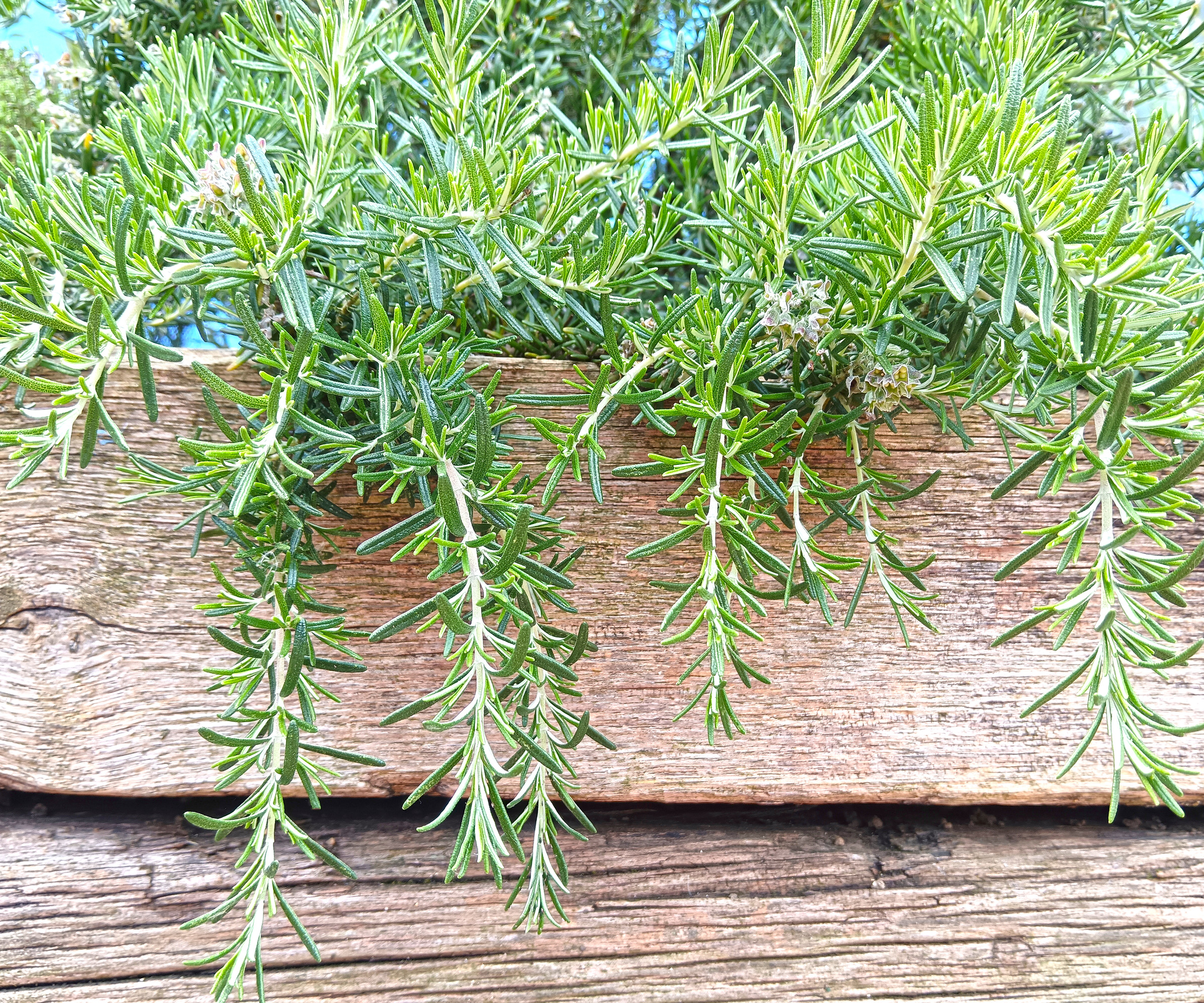
Rosemary is a reliable Mediterranean plant well-suited to dry gardens and is considered one of the best drought-tolerant ground cover plants to grow.
Whilst any rosemary can be treated as a ground cover, creeping rosemary, Salvia rosmarinus 'Prostratus', is a good low-growing option to try.
They tend to grow best from zone 8 plus, with a preference for full sun and well-draining soil. Purple flowers emerge in spring and can often be seen humming with bees and butterflies.
'Many gardeners ask whether or not you need to fertilize rosemary, and the simple answer is no,' says Gail Pabst, gardening expert and Marketing Director for the National Garden Bureau.
'In fact, they do great with no fertilizer at all,' Gail adds. 'The only exception would be for rosemary plants in containers, which would benefit from a feed every 4-6 weeks using a 5-10-5 fertilizer. However, for rosemary plants in the ground, put the fertilizer back in the garden shed.'
Live creeping rosemary plants are available to order from Amazon.
4. Candelabra primulas
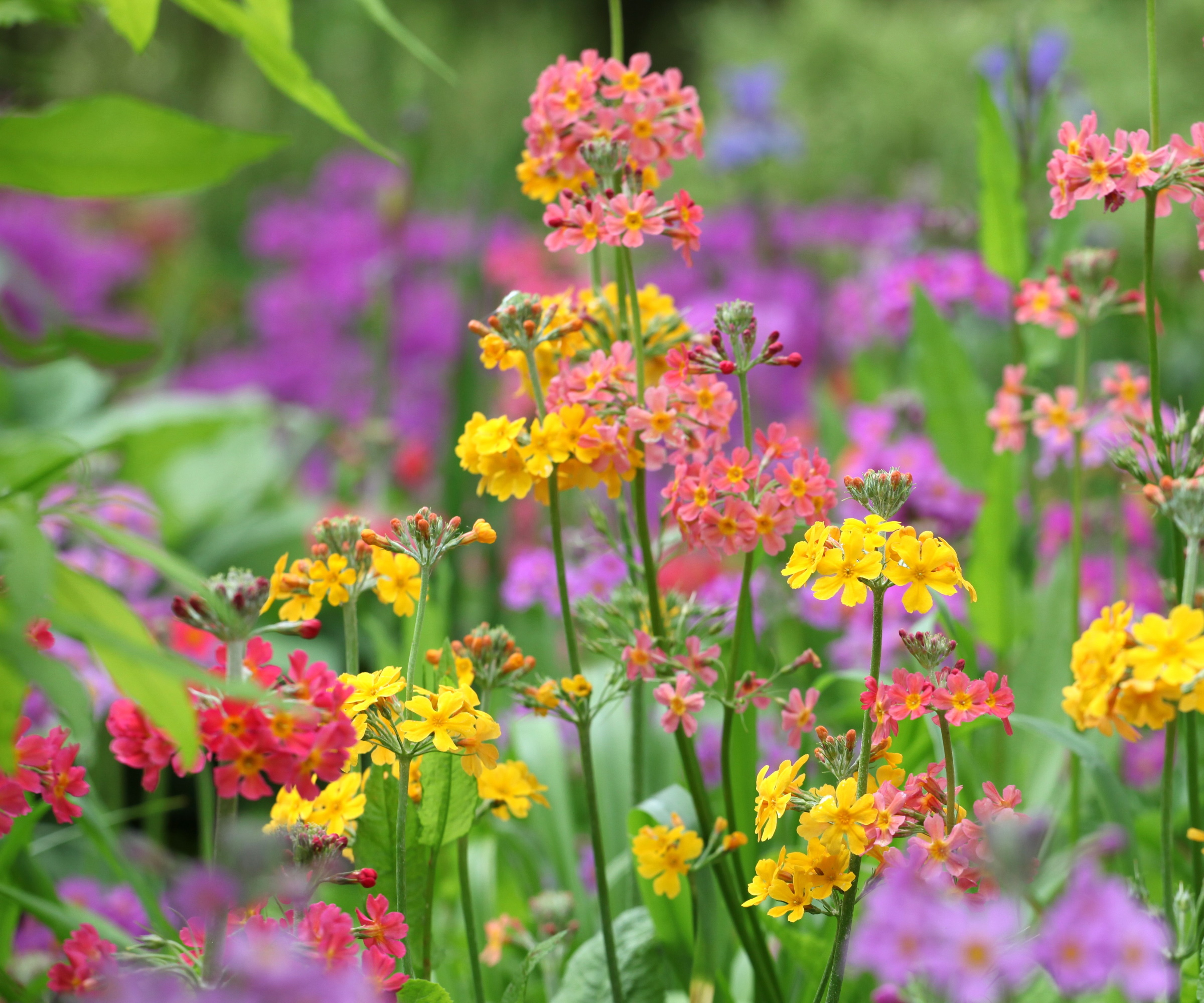
Candelabra primulas are some of the best plants for wet soil, thriving in damp or consistently wet areas, such as along river banks or at the edge of a pond.
These herbaceous perennials have basal rosettes, whereby large oval leaves emerge in a circular arrangement. The flower spikes range in height from one foot to three feet and can be found in orange, yellow, pink and red, as seen in the image above.
Plant in mild regions from US hardiness zones 6 to 8, ideally in moist borders that enjoy full sun or part shade. Candelabra primulas are self-seeding plants, so given time and space, they will spread.
Candelabra primulas are available to order online from Amazon.
5. Epimedium
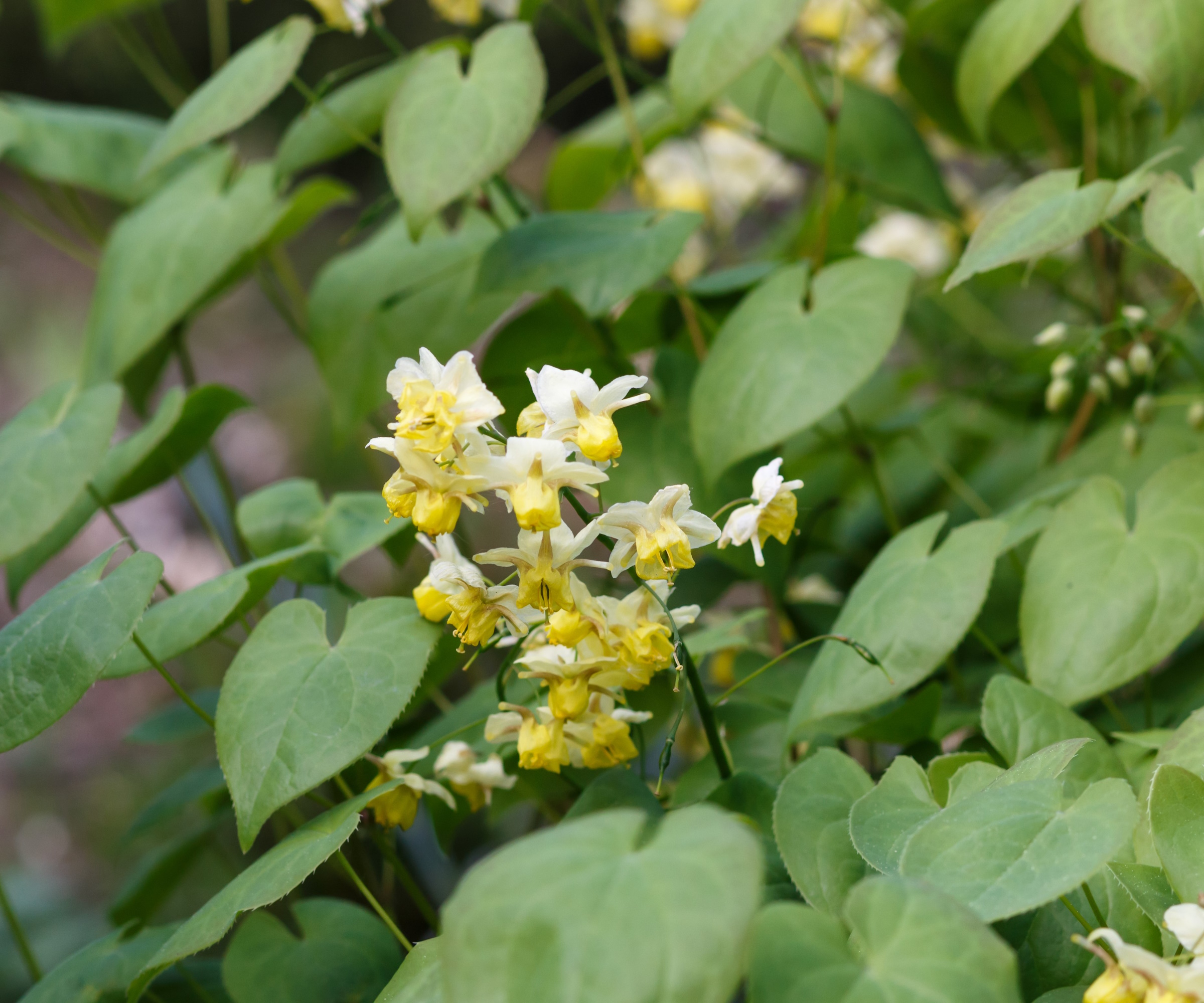
Epimediums are some of the best part-shade perennials. When working in the Garden Museum in London, we grew drifts of epimedium through a woodland bed that was partially shaded by towering plane trees. With little attention, they thrived in this setting.
Growing best from US hardiness zone 5, there are many different varieties of epimedium, most of which bloom in early spring. One of my favorites is Epimedium x versicolor 'Sulphureum', which has dainty, golden yellow flowers that perfectly contrast against bronze-red leaves during April.
'Epimediums also have unique heart-shaped leaves that work well in any backyard borders,' says Nina Koziol, garden expert, author and teacher at the Chicago Botanic Garden.
'The foliage emerges after flowering, opening in different shades of green or bronze in the spring garden. I find they perfectly complement other spring flowering plants, including hellebores.'
Live Epimedium plants are available from Walmart.
FAQs
What is the best flowering ground cover for damp soil?
Candelabra primulas are an ideal flowering ground cover for consistently wet or moist soil. They will also self-seed, which can be a good thing if you have plenty of space. Alternatively, for bog gardens, marsh marigolds are a wildlife-friendly option, with lush foliage and yellow flowers that will prove popular with pollinators. Live marsh marigold plants are available to order online from Gardening Know How.
It is also a good idea to consider native planting when adding flowering ground cover species to your yard. Why not grow Packera aurea, commonly known as golden groundsel, which is found growing throughout much of eastern North America. Tolerant of sun and shade, and wet and dry soil, this native is a tough, resilient plant to consider adding to challenging areas under large trees and shrubs.
Shop gardening essentials
This garden trowel is heavy-duty and will help when planting flowering ground cover plants in your yard.







